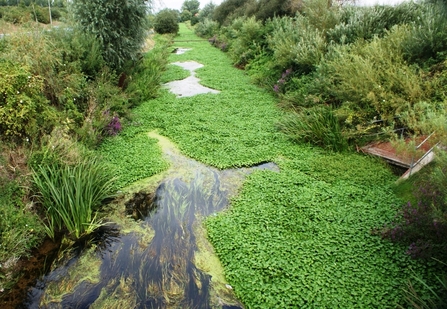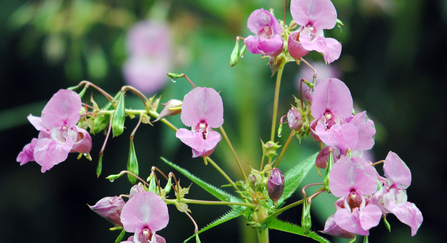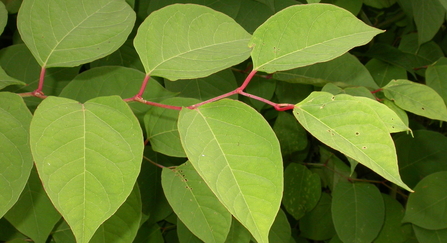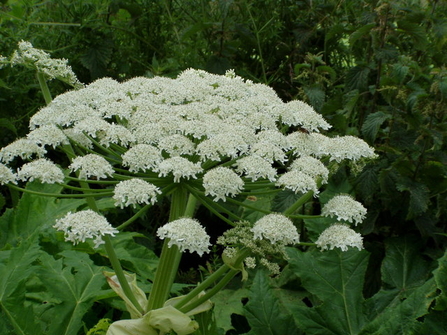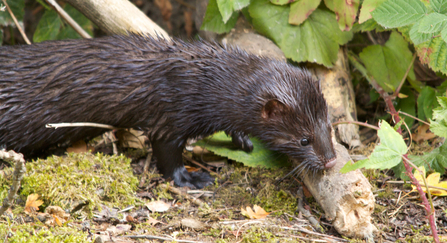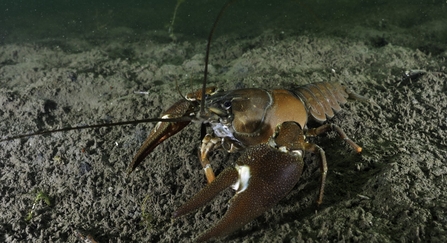Invasive non native species (INNS) are animals and plants that have been introduced intentionally or accidentally to our countryside and the damage they can do to our environment is only superseded by habitat destruction. They can alter the local ecology, spread disease, clog waterways, cause a decline in other species and, in the case of giant hogweed, even pose a danger to humans. INNS also cost the UK approximately £2bn per year!
There are several common INNS found in and around our rivers and wetlands. These include plants such as Himalayan balsam, Japanese knotweed and floating pennywort, as well as animals such as the signal crayfish and American mink.


